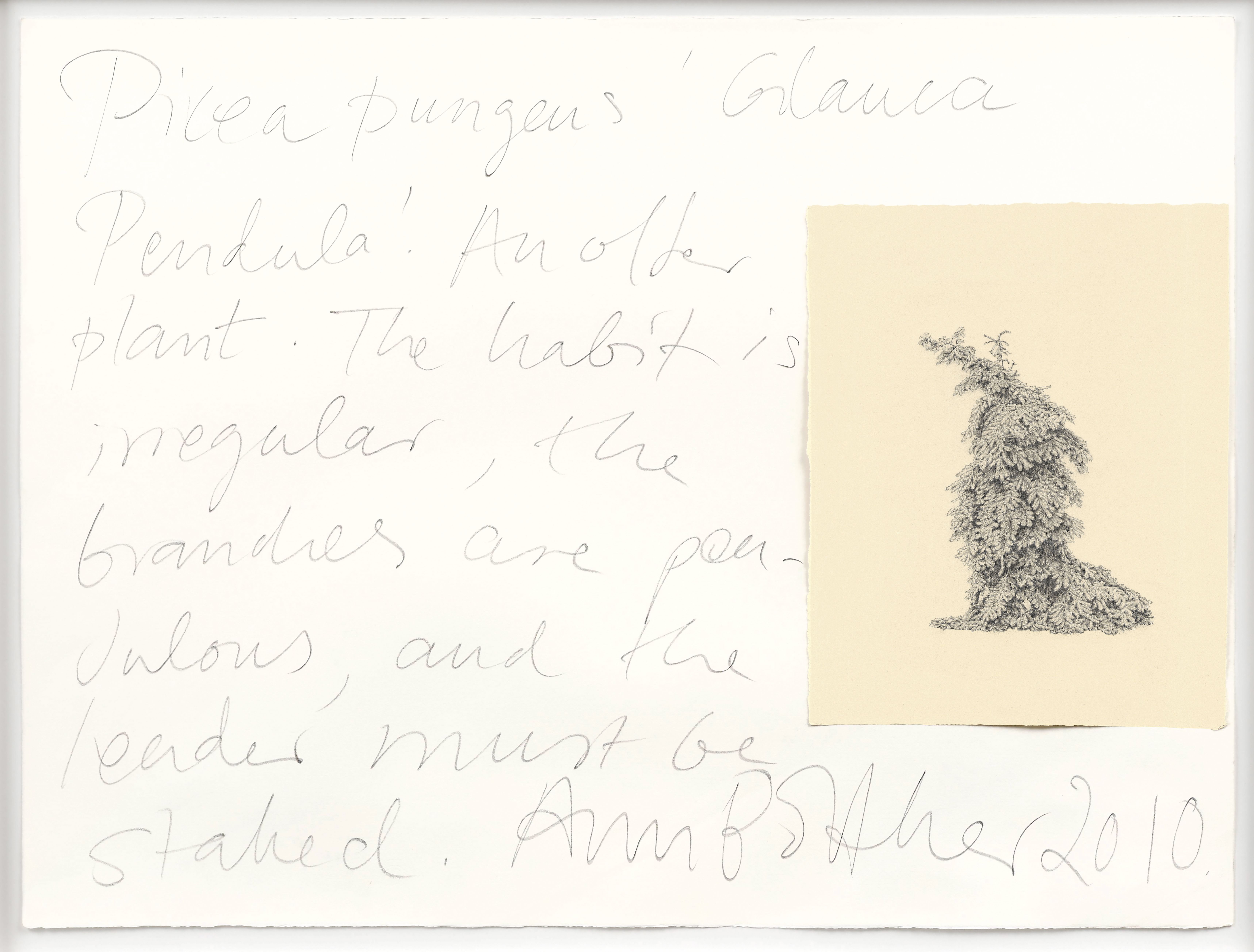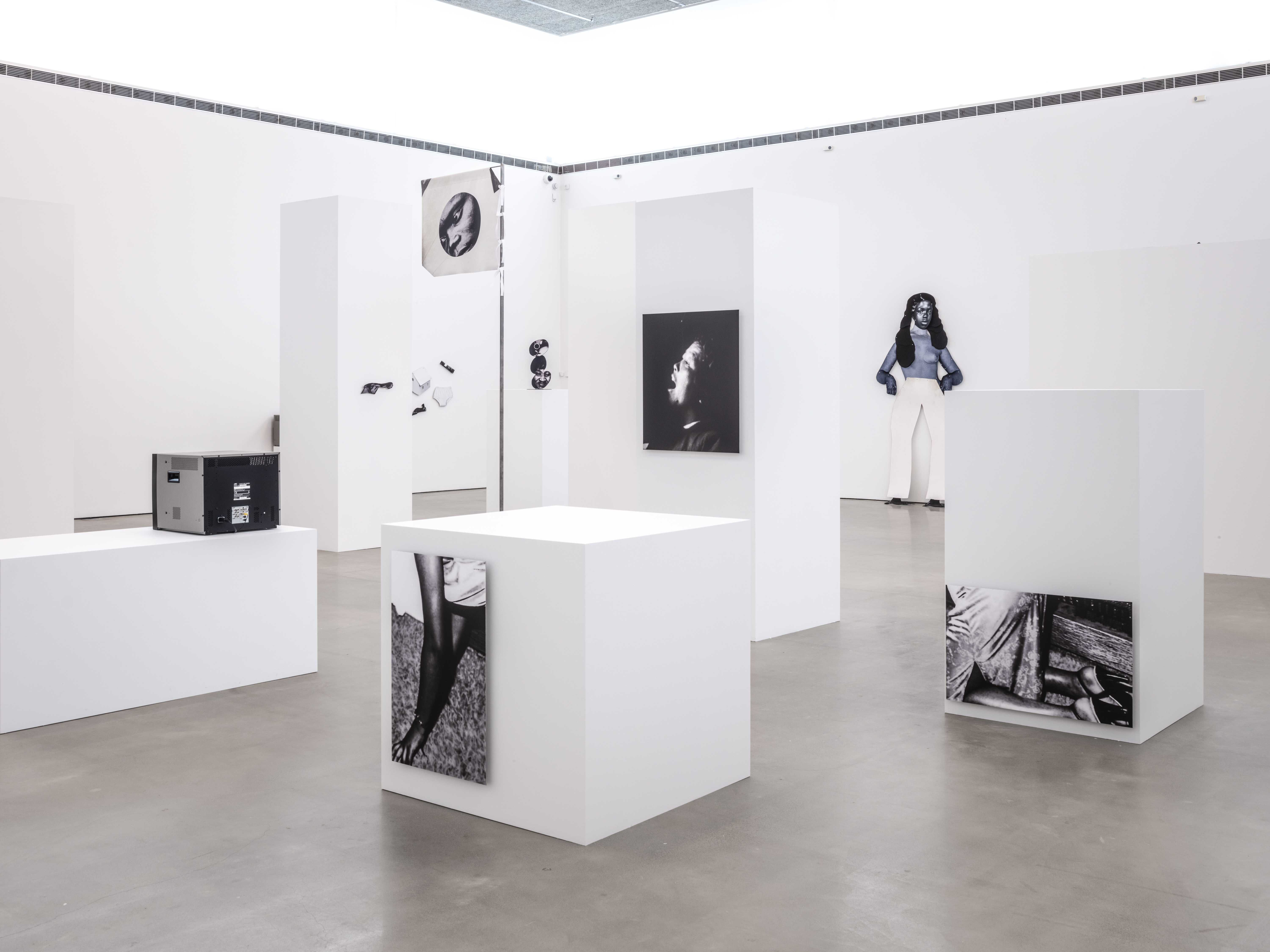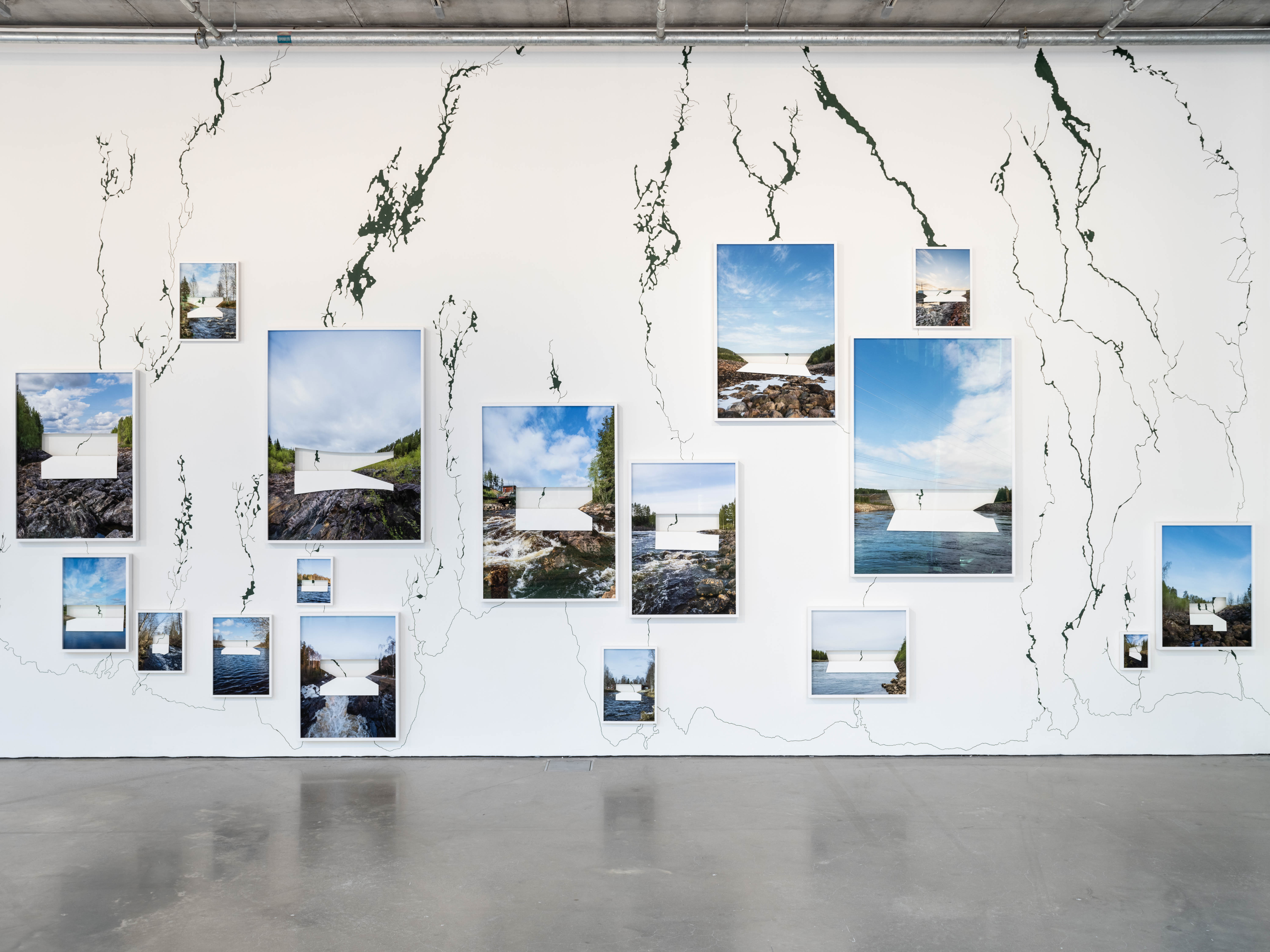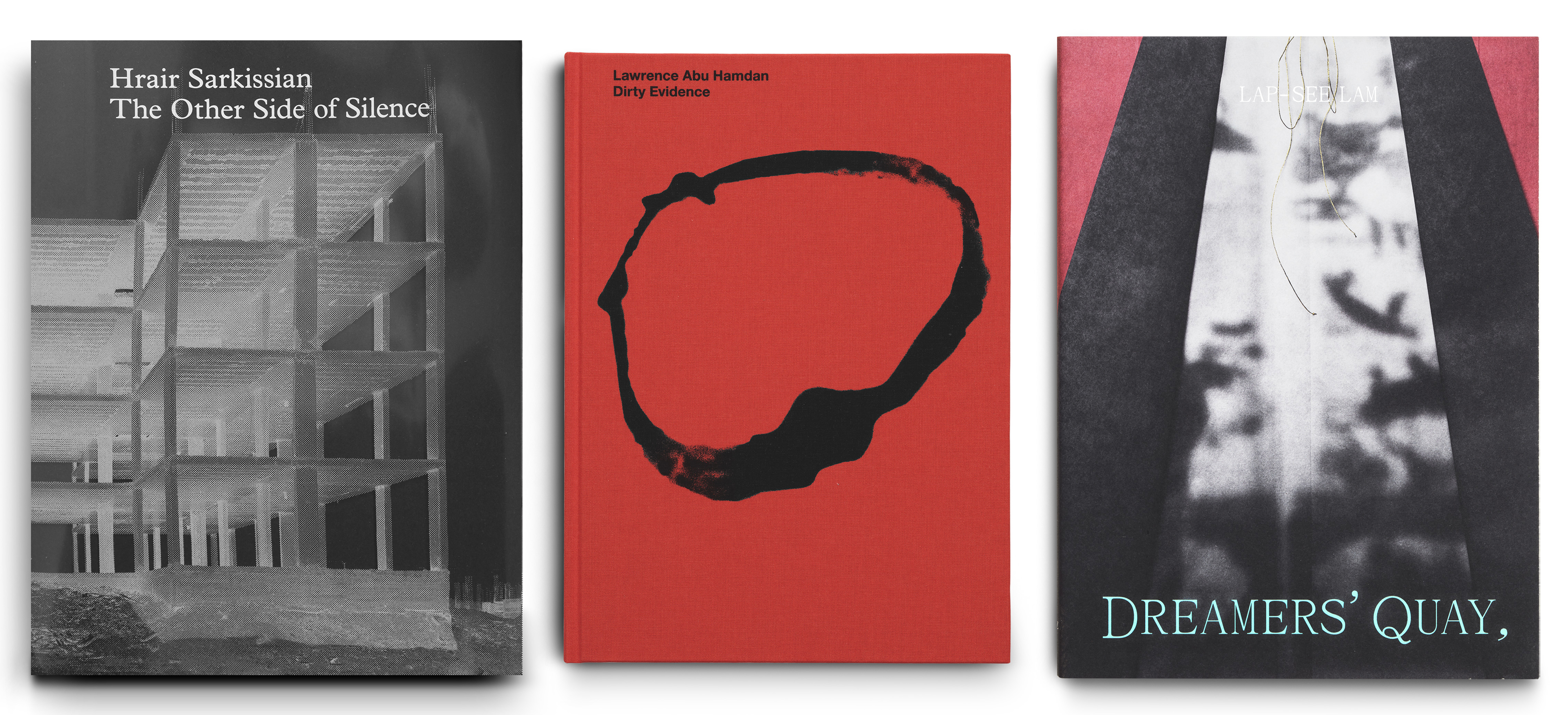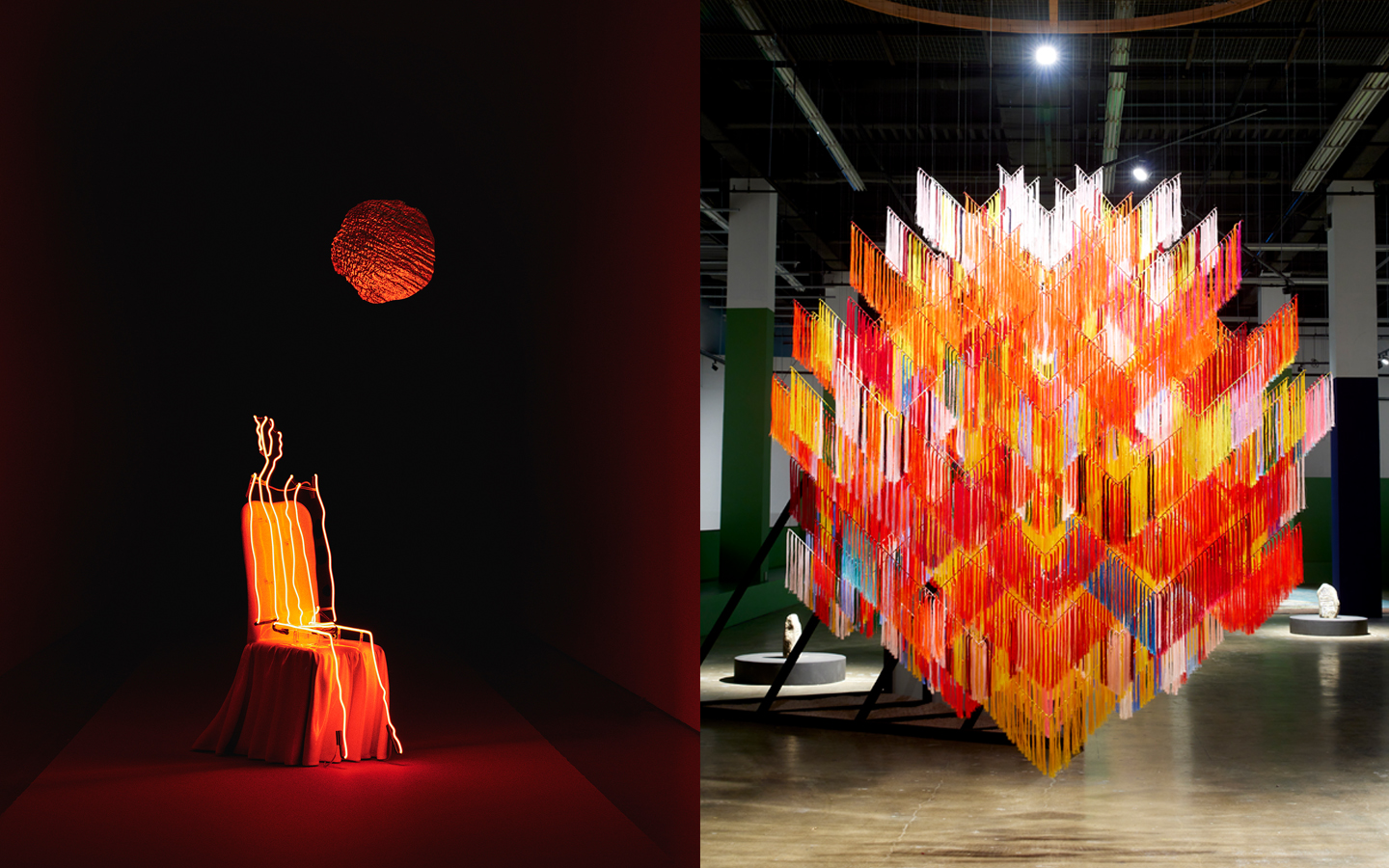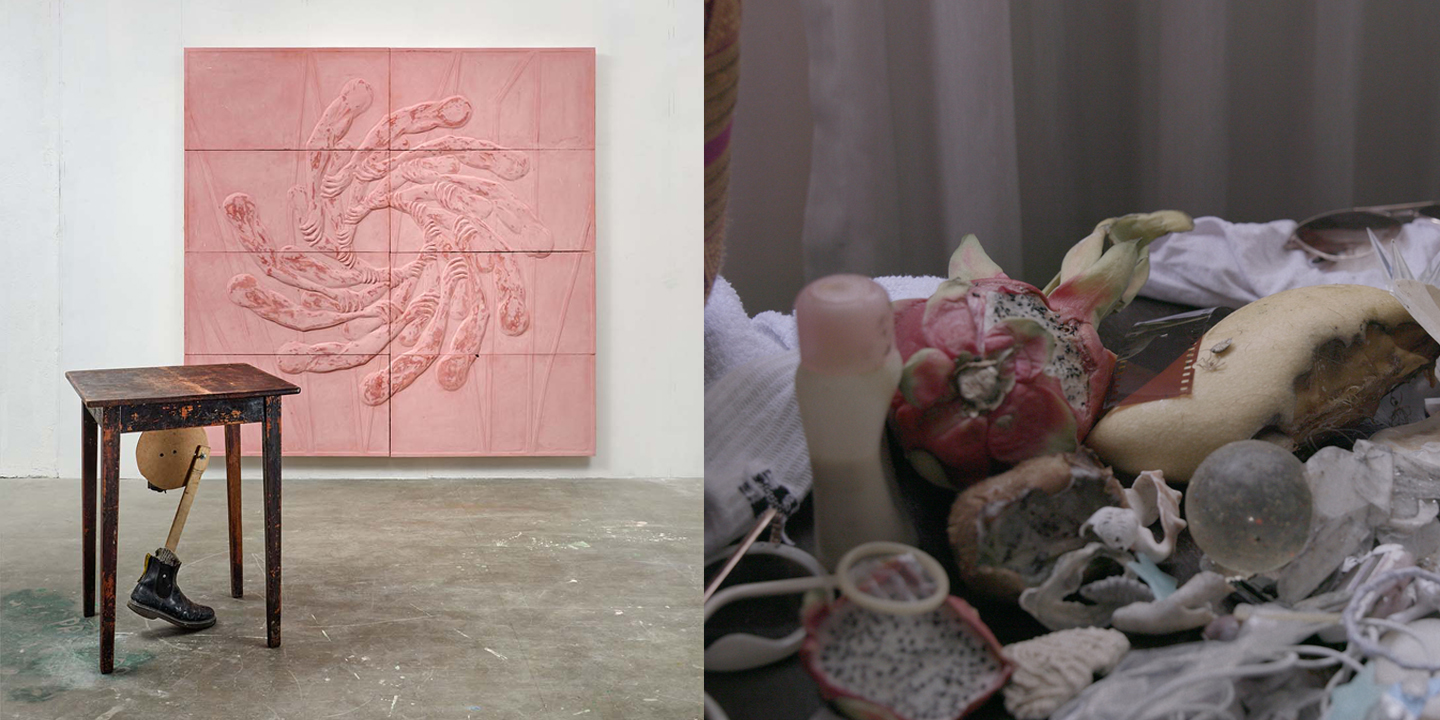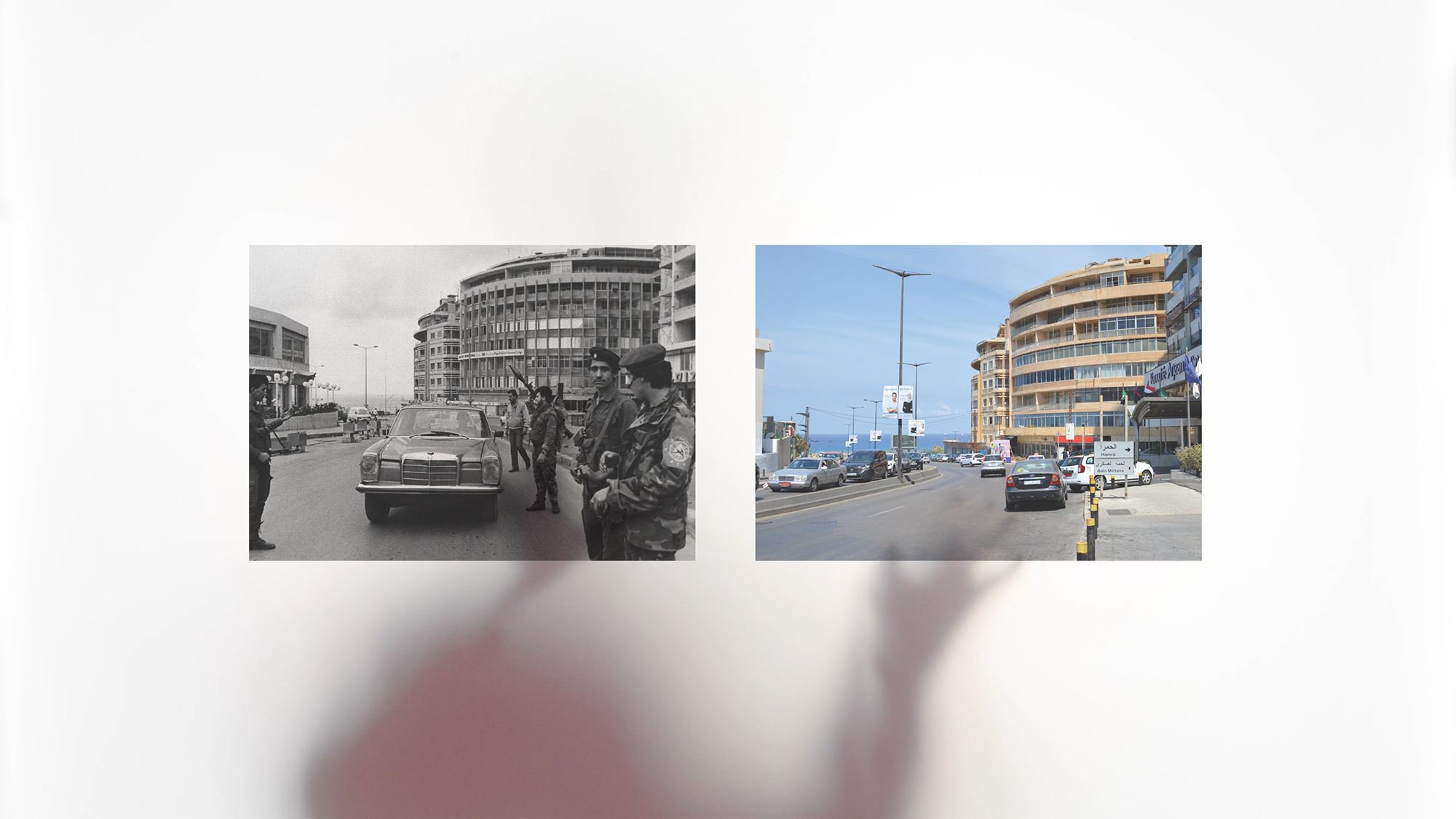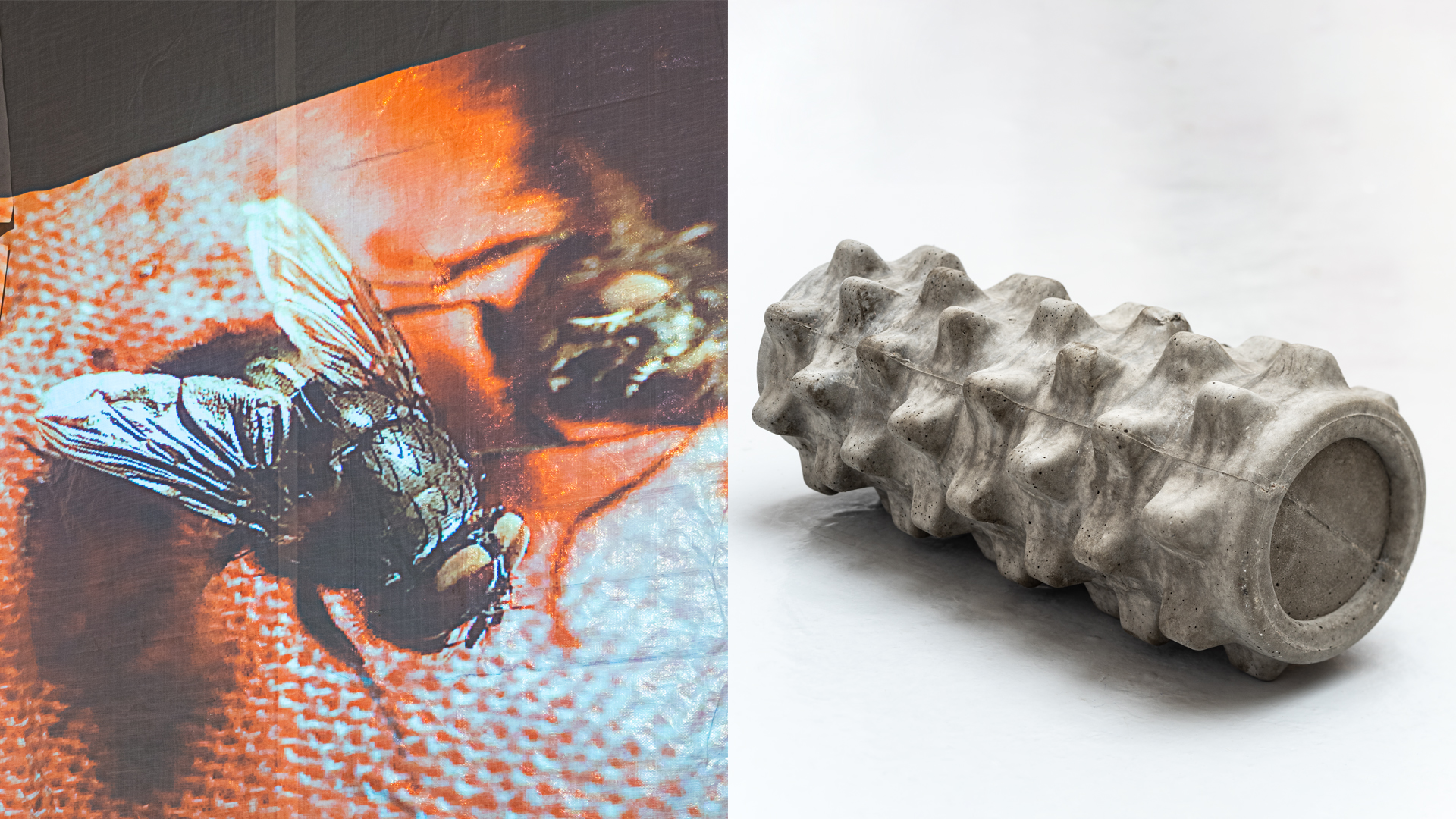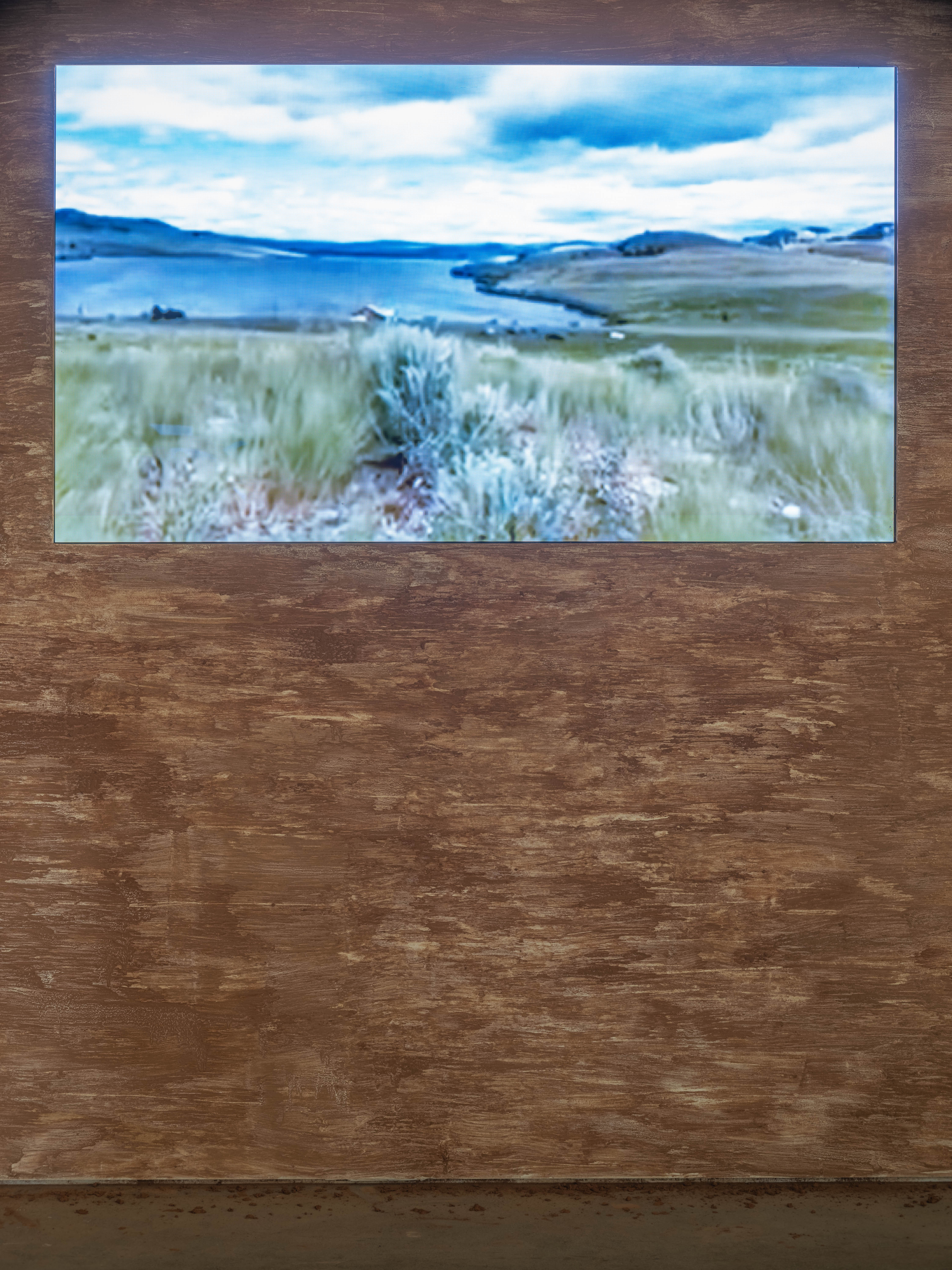Works 2000-2020
February 3–March 28, 2021
Stockholm 113 90
Sweden
T +46 8 736 42 48
Bonniers Konsthall is very proud to present the first comprehensive exhibition of Ann Böttcher, one of Sweden’s most cherished artists. Monographic in scope, the exhibition includes not only public commissions dismounted and shipped to Bonniers Konsthall for this exhibition only but also, uniquely, new work. The artist’s first extensive publication is also published alongside the exhibition, Ann Böttcher Works 2000-2020.
We can understand Böttcher’s practice best by way of example. For instance, Böttcher’s piece Nana Reverting (2019), which is a detailed drawing of this slow-growing shrub. The work is characteristic of Ann Böttcher’s work in part because it is a painstakingly made drawing of something arboreal, and in part because something is suggested by the shape of the tree drawn. The Picea mariana "Nana" is a dwarf evergreen and one of the slowest growing of conifers. In Böttcher’s drawing, the shrub is round apart from two offshoot branches stretching upward. As it typically is when used to decorate ornate gardens, it is round because it has been trimmed, kept within the bounds of a shape determined for it. In Böttcher’s drawing, the two offshoot branches move against the aesthetics and ideology that seek to keep them in their place, to say something about restrictions and uprisings.
We can see here that Ann Böttcher’s practice subtly concerns questions of discipline, ideology and institutions. Perhaps clearer still is a series of five drawings titled St. Joseph’s 1827-2014 from 2014. Along Mulgrave Street and Ballysimon Road, in Limerick, Ireland, one finds, in a neat row one after the other: Limerick Prison, the psychiatric hospital St. Joseph’s and Mount Saint Lawrence Cemetery. The drawings in this series, of Irish yew and cypress trees from the hospital’s grounds, come to speak about these neighbouring institutions of punishment, death and control of the "mad." Foucault would have had a field day with this work. After all, the philosopher counted these spaces as "heterotopias of deviation: those in which individuals whose behaviour is deviant in relation to the required mean or norm are placed."
The exhibition at Bonniers Konsthall with Ann Böttcher wants to augment the general understanding of the artist’s practice. With the exquisite craftmanship Böttcher puts forward, the work risks being relegated to the aesthetically pleasing and to be, as they say, about nature. We must be mindful to catch what lies underneath. To what extent are we shaped the same way we have come to shape all that surrounds us? This is to ask what the Picea mariana "Nana" can tell us, not only about what we do to it but how are we suppressed, cut and shaped. Which limbs might we unfurl in a less restrictive environment? It’s when we begin to look at Böttcher’s work in these terms that we see the blank space of the surround in all its potentiality, as something to draw upon in more ways than one.
Along with the exhibition, Bonniers Konsthall has with Lenz Press produced the comprehensive publication: Ann Böttcher Works 2000–2020. In this richly illustrated publication, Anders Kreuger considers Böttcher’s work from four points of view: illustrative, material, rhetorical and personal. Artist Tyler Coburn contributes a study on the relationship between Böttcher’s work Yosemite National Park (A Recollection of Wilderness) (2003), America I–III (2005) and The Entrance to the Sanatorium (2007). And Filipa Ramos offers a rare interview with the artist. Read more and order the publication here.

